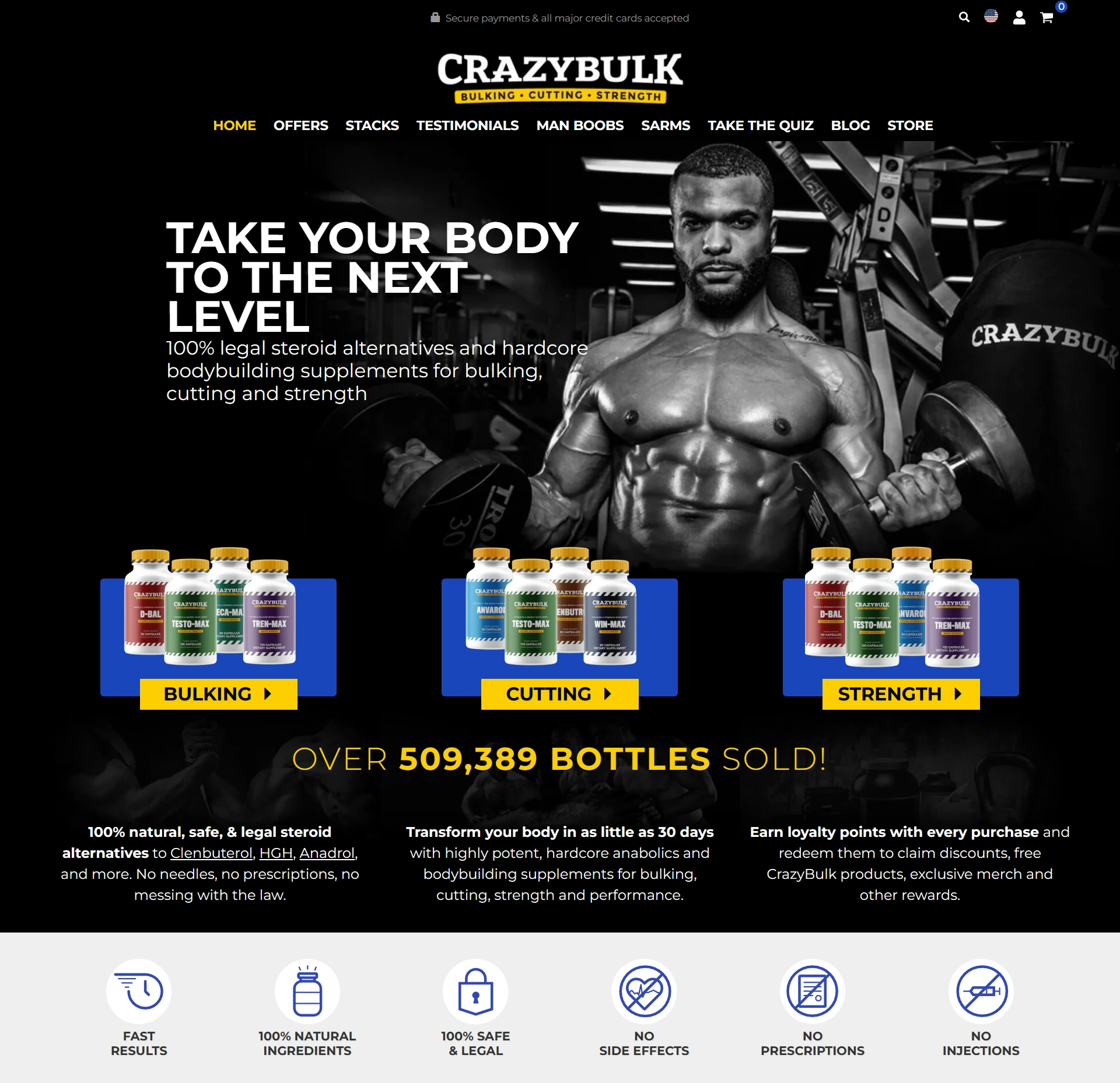
does the pituitary gland produce testosterone
FollowOverview
-
Sectors IT
-
Viewed 444
Company Description
Testosterone topical application route

Testosterone topical Uses, Side Effects & Warnings
Never give your testosterone gel 1.62% to anyone else, even if they have the same symptoms you have. Selling or giving away this medicine may harm others and is against the law. When testosterone gel 1.62% treatment is discontinued, serum testosterone concentrations return to approximately baseline concentrations within 48 to 72 hours after administration of the last dose. The following adverse reactions have been identified during post approval use of testosterone gel 1%. Because the reactions are reported voluntarily from a population of uncertain size, it is not always possible to reliably estimate their frequency or establish a causal relationship to drug exposure (Table 4). The dose can be adjusted between a minimum of 20.25 mg of testosterone (1 pump actuation) and a maximum of 81 mg of testosterone (4 pump actuations).
In a few cases, however, enlarged genitalia did not fully return to age-appropriate normal size, and bone age remained modestly greater than chronological age. The risk of transfer was increased in some of these cases by not adhering to precautions for the appropriate use of the topical testosterone product. Children and women should avoid contact with unwashed or unclothed application sites in men using testosterone gel 1.62% [see DOSAGE AND ADMINISTRATION (2.2), USE IN SPECIFIC POPULATIONS (8.1) and CLINICAL PHARMACOLOGY (12.3)].
Check with your doctor right away if you have pain or tenderness in the upper stomach, pale stools, dark urine, loss of appetite, nausea, vomiting, or yellow eyes or skin. Do not give it to anyone else, even if you have the same symptoms. Throw away the empty pump, tube, or packet in a place where children and pets cannot reach it. If you miss a dose of this medicine, apply it as soon as possible. However, if it is almost time for your next dose, skip the missed dose and go back to your regular dosing schedule. If you are using the gel in foil packets, tear the packet completely open along the perforation.
Make sure your doctor knows if your sexual partner is pregnant. If a pregnancy occurs while you are using this medicine, tell your doctor right away. It is very important that your doctor check your progress at regular visits to see if the medicine is working properly. Blood tests may be needed to check for any problems or unwanted effects. Ask your care team if changes in diet or medications are needed if you have diabetes. Talk to your care team if you wish to become pregnant or think you might be pregnant.
Misuse means using a medicine in a way other than how it was prescribed or using too much. Call your health care provider right away or go to the nearest emergency room if you have any of the following serious symptoms. Medicines are sometimes prescribed for purposes other than those listed in a Medication Guide. Do not use testosterone gel 1.62% for a condition for which it was not prescribed.
Tell your health care provider if you have any worsening prostate symptoms, such as having a hard time peeing or a weak flow, more frequent peeing, or having an urgent need to pee. Tell your health care provider about all of your health conditions and any prescription or over-the-counter (OTC) medicines, vitamins/minerals, herbal products, and other supplements you are using. This will help them know if topical testosterone is right for you.
Testosterone has been subject to abuse, typically at doses higher than recommended for the approved indication and in combination with other anabolic androgenic steroids. Anabolic androgenic steroid abuse can lead to serious cardiovascular and psychiatric adverse reactions [see DRUG ABUSE AND DEPENDENCE (9)]. Avoid contact with unwashed or uncovered application areas. Cover treated skin areas with clothing to avoid contact with other people (especially children and women). Do not apply testosterone topical to your penis or scrotum. Certain brand forms should also not be applied to the stomach, shoulders, upper arms, knees, or areas that receive the most pressure while sleeping or sitting.
Topical testosterone may increase your risk of sleep apnea, which is a condition where breathing stops and starts again while sleeping. You may be at higher risk of sleep apnea if you have obesity or lung problems, such as asthma or chronic obstructive pulmonary disease (COPD). Tell your health care provider if you or your bed partner notices that you have symptoms such as snoring, sleepiness during the day, restless sleeping, or waking up suddenly after gasping or choking. Liver damage, also called hepatotoxicity, can happen when using topical testosterone.
Read more about the symptoms of liver disease that you should monitor for.. Testosterone gel is a topical medication that is applied to intact skin once a day, always at the same time (preferably in the morning). Apply a thin layer to the skin of the arm, shoulder or belly and spread it gently. Topical testosterone may cause enlarged breasts in men (gynecomastia) that could be painful. Tell your health care provider if you have this symptom or it is a concern for you. Talk with your health care provider if this is a concern for you. Topical testosterone may cause allergic reactions, which can testosterone supplements hurt you be serious.


